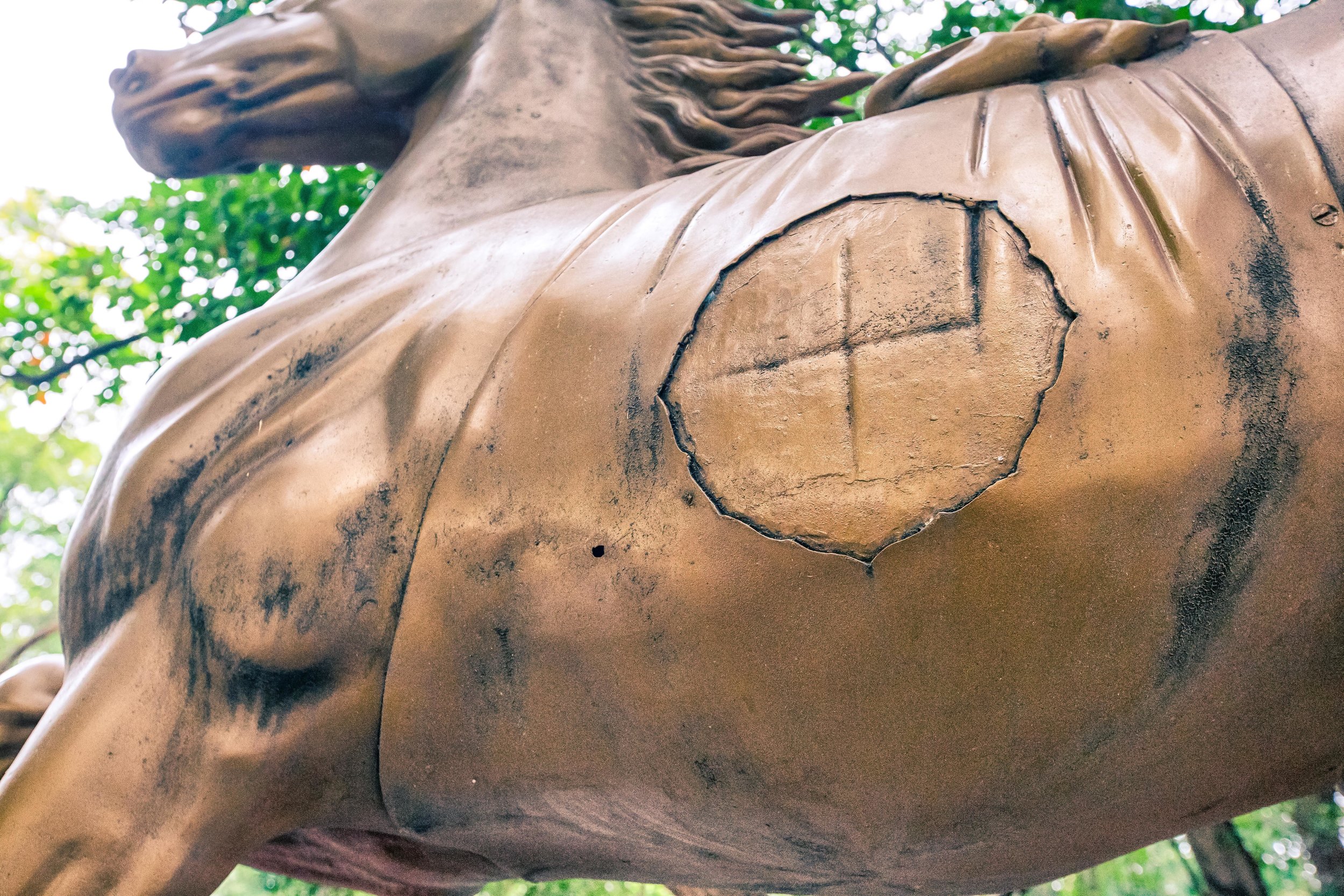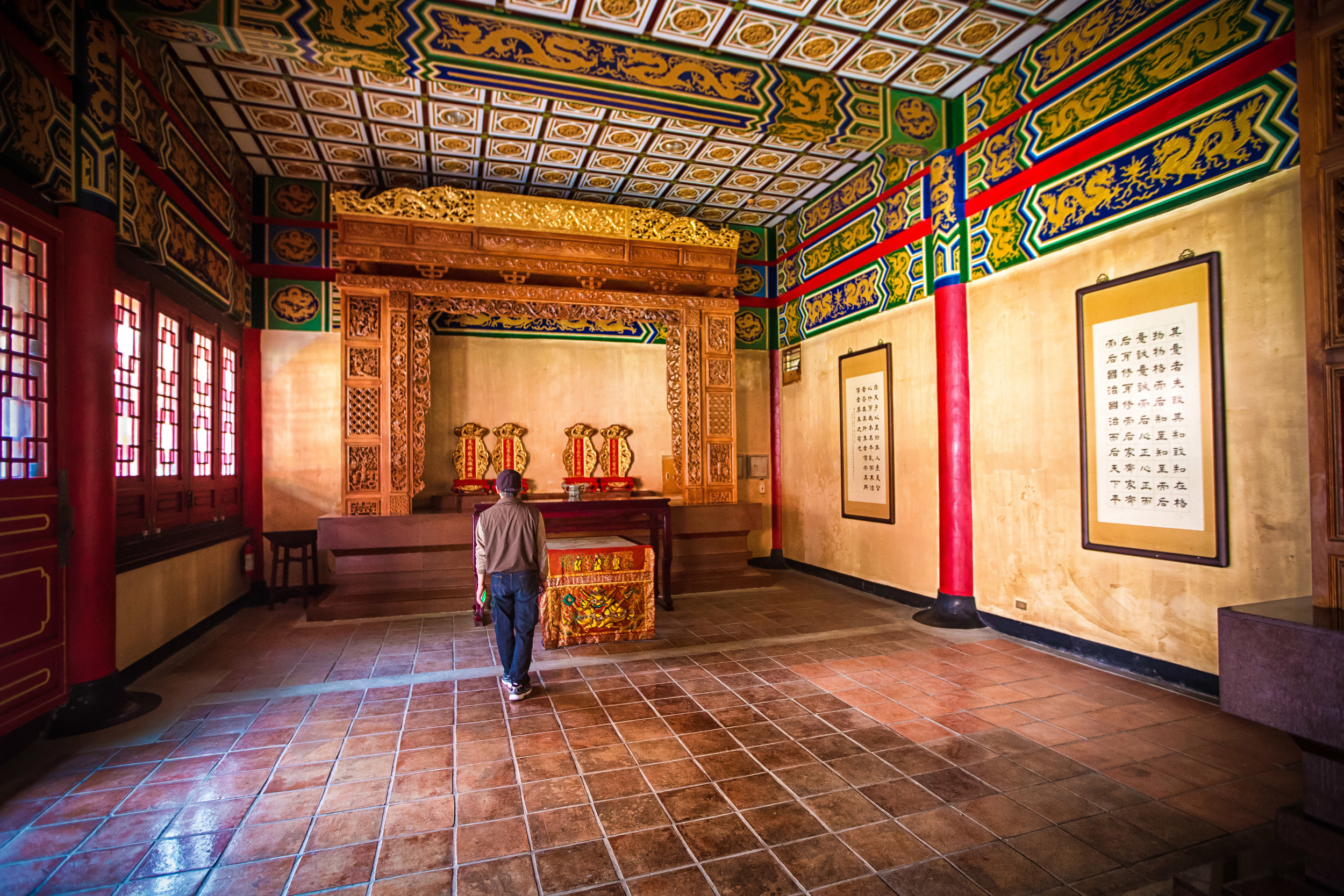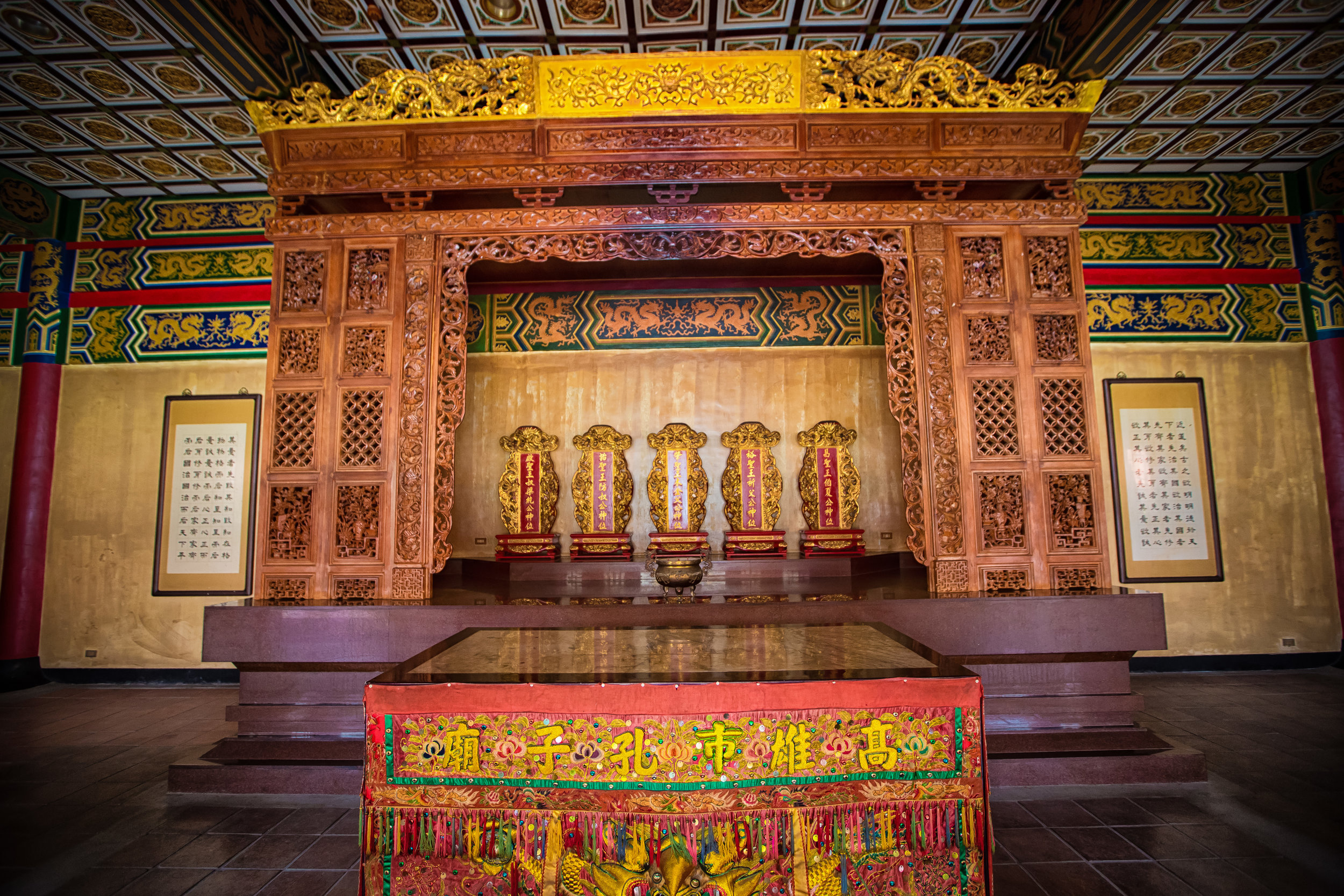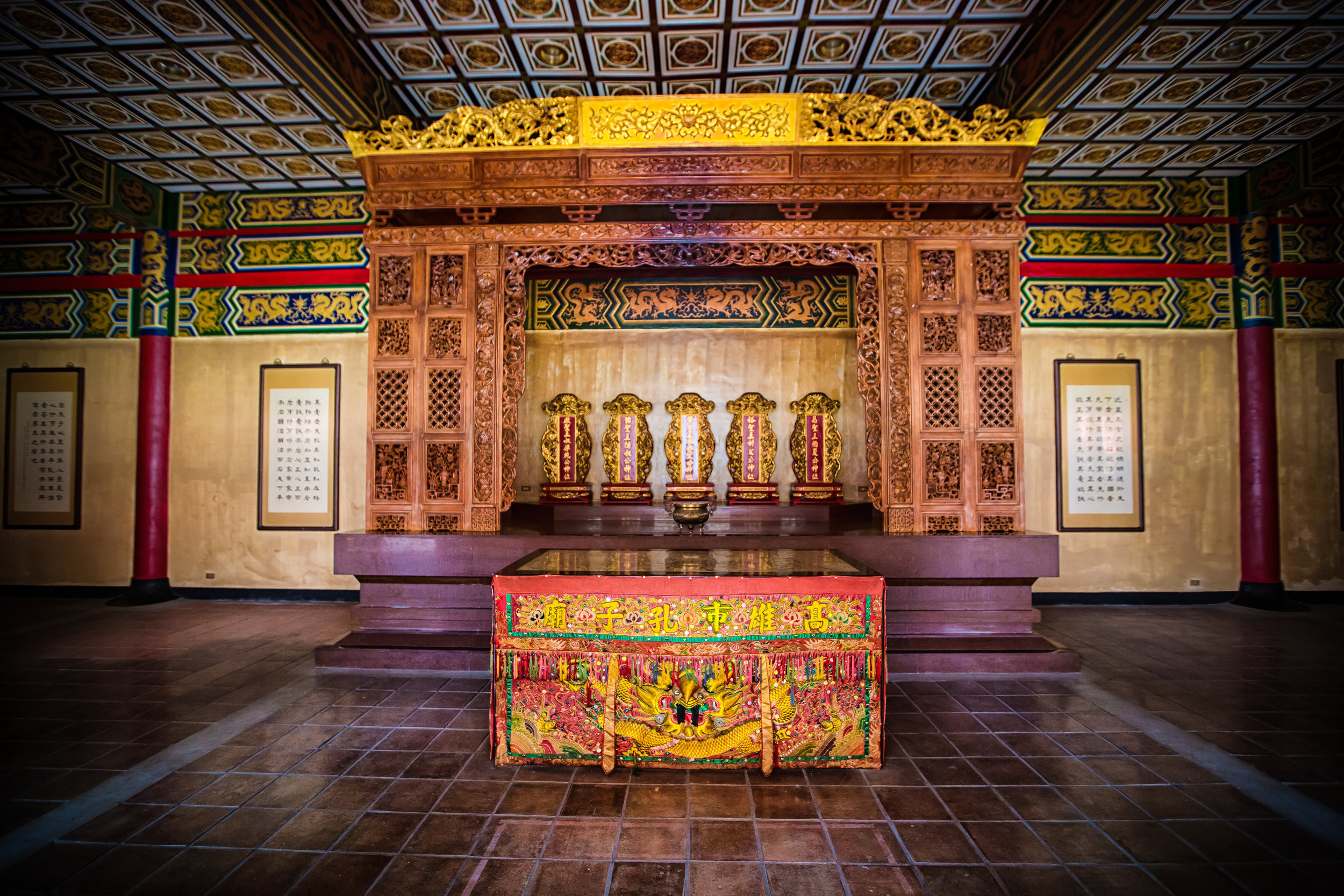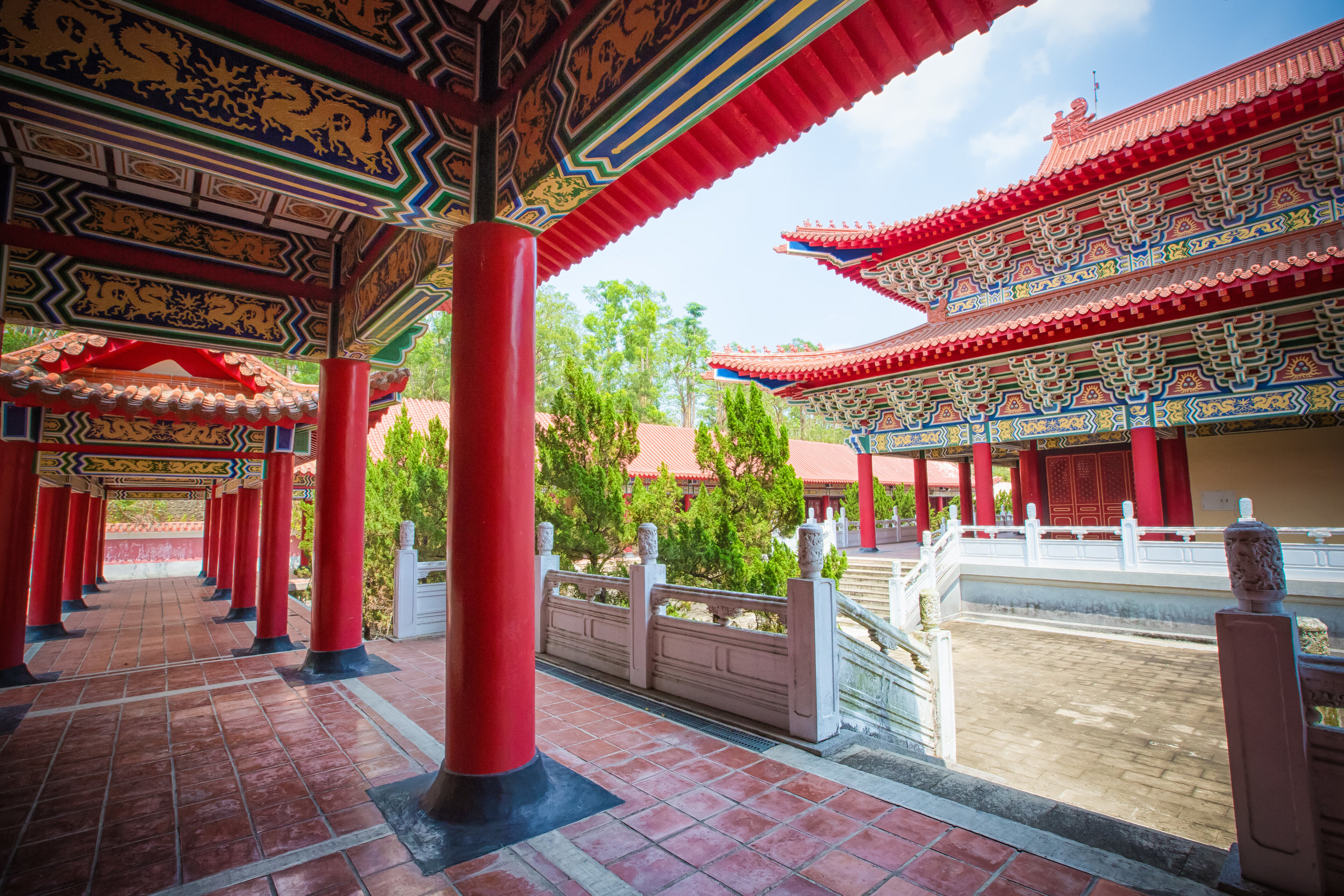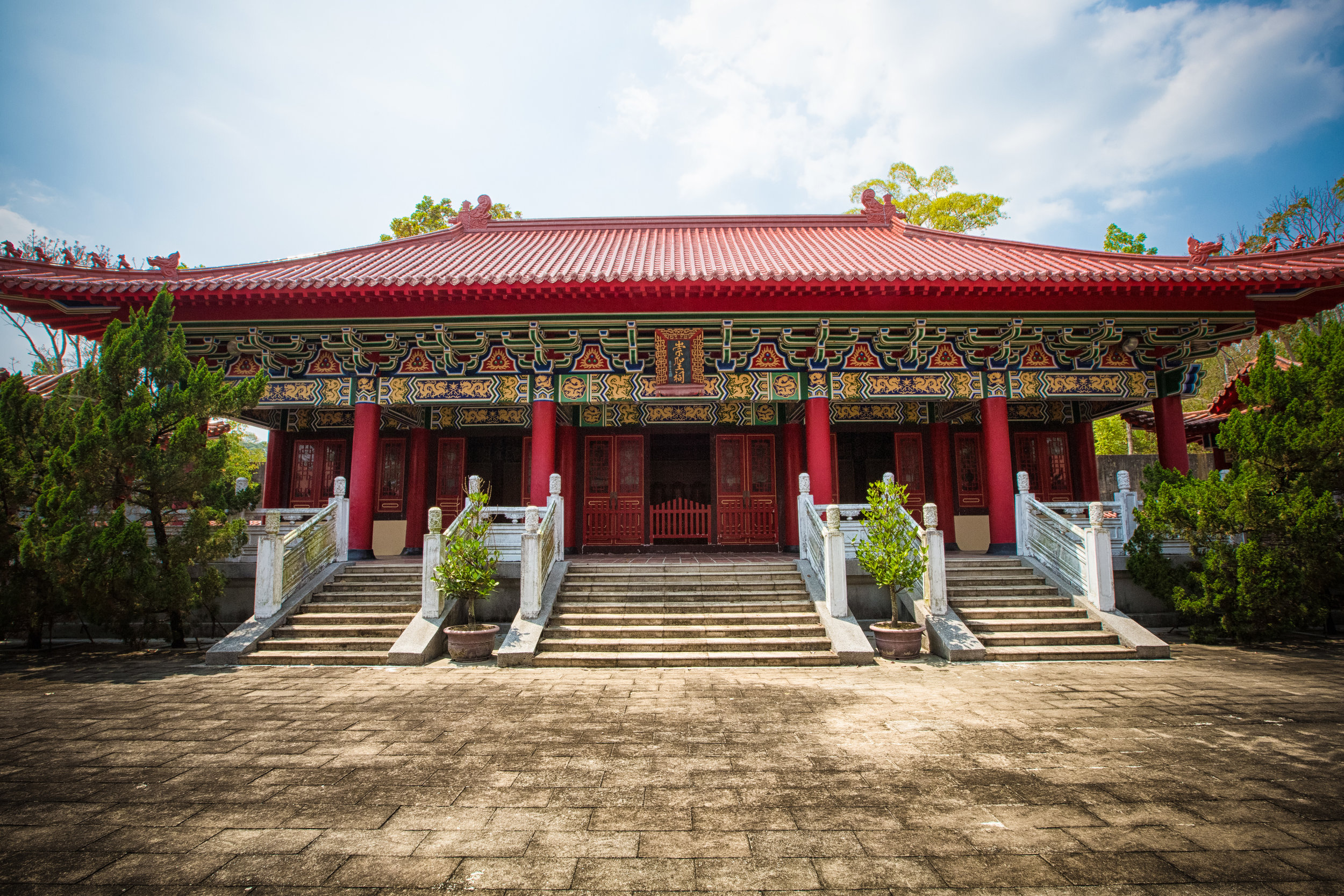As in years past, I took some time out of my busy schedule to visit one of the local hot-spots where Tung-Blossoms grow in abundance. As I'm posting this, the blossoms have pretty much all fallen off the trees, but as I've posted a few times already about the blossoms, I figured I might as well share some photos taken this year and some of the information I shared about them in years past -
In April and May forests in the country turn white with the popular Tung Blossoms (油桐花) that line mountains and hillsides around the country. Taiwanese people often refer to Tung Blossoms as "April Snow" or "May Snow" (depending on when they are in full bloom) and their arrival attracts people from all over the country.
The Tung Tree (油桐樹), a deciduous tree that can grow up to 20 meters tall and is endemic to south China and Burma was originally brought to Taiwan by the Japanese during the occupation period and was planted in mountainous areas in north-western Taiwan.
The cultivation of the tree was important economically to the Hakka people who lived in the areas where the trees were planted and thus started a long-lasting relationship between the Hakka people and the tree that continues to this day.
The tree brought with it economic benefits as its seeds were instrumental in the production of Tung Oil which was used to make paint, varnish, caulking and wood finish while the wood in turn was used for making everything from furniture to toothpicks.
When the economic benefits of the Tung tree eventually subsided, the tree transformed into a symbol of the Hakka people who showed their respect for the economic prosperity the tree brought them.
In 2002 the Council for Hakka Affairs started the "Hakka Tung Blossom Festival" (客家桐花祭) an annual event that takes places during the blooming season as a way to promote Hakka culture. The event attracts crowds of people into Hakka-dominant areas of the country to not only see the Tung Blossoms but to experience Hakka culture and cuisine.
When Tung Blossoms are in bloom, there are areas set up in New Taipei City (新北市), Taoyuan (桃園市), Hsinchu (新竹縣) and Miaoli (苗栗縣) where people can view the blossoms and in turn experience Hakka culture.
One of the coolest things about the Tung blossoms is that in areas where they grow in abundance they tend to turn hiking trails 'white' as the blossoms fall to the ground. The blossoms falling also gives off an effect of snow falling in the forests which is beautiful as hundreds of them are falling around you while you're hiking.
On the weekends people will travel from all parts of the country to come and see the blossoms, hike a bit and have some food.
Tung Blossoms are popular with people of all ages, but recently especially with young Taiwanese couples who enjoy hiking into the mountains to have impromptu photoshoots with the Tung Blossoms.
Its also common that people will gather some of the blossoms that have fallen on the ground and arrange them into hearts or other shapes or even make a Tung blossom halo that they put around their heads. I visited two different areas to get the shots I used in this blog and in the areas I visited I saw the blossoms arranged in heart shapes, in the shape of Taiwan, and in the Chinese character for love (愛)
Personally, I much prefer taking shots of the blossoms in their natural surroundings. I like taking shots of them while they're still on the tree and I like how they look when they land on the ground or in a river or mountain stream. I'm not really big on the blossoms being arranged in heart shapes for a photo opportunity - but we all look at photography in different ways and it is a very subjective form of art.
Now that the blossoms have pretty much all disappeared, you'll have to wait until next year to see them again. If you are interested, make sure to plan ahead and when April or May rolls around that you plan some time to check them out as well as visiting a place where Hakka culture is abundant and enjoying some of the beautiful culture and cuisine that the Hakka share with the world.
























